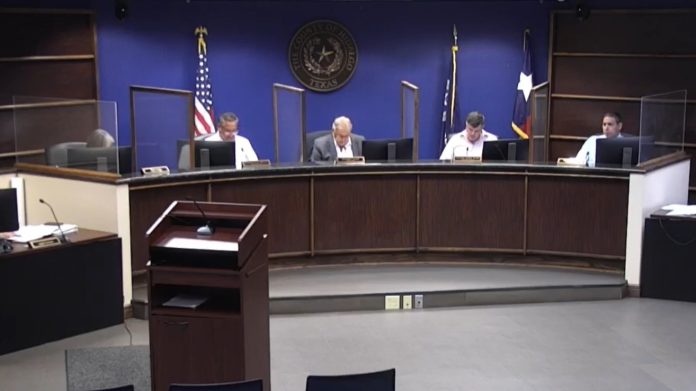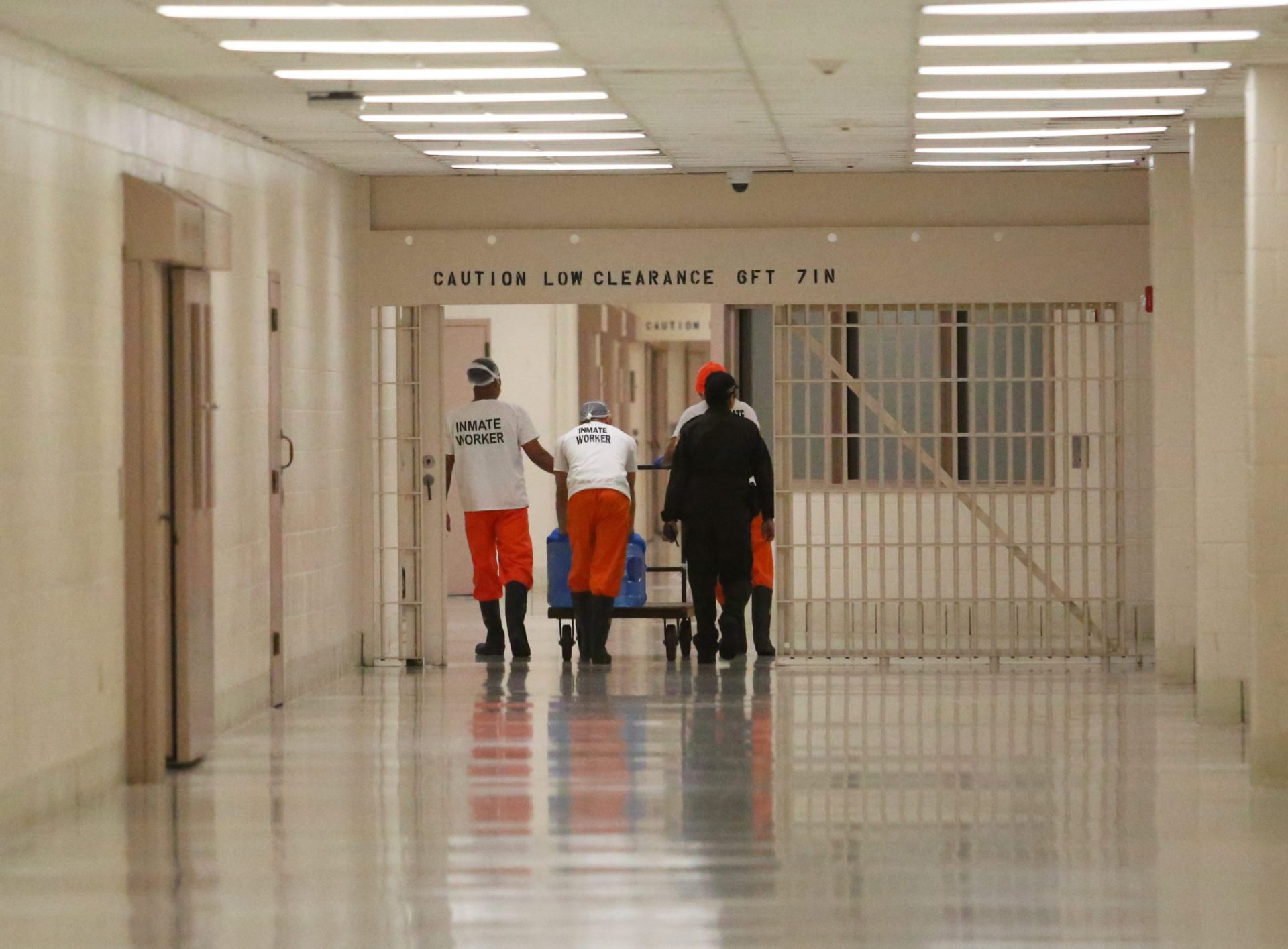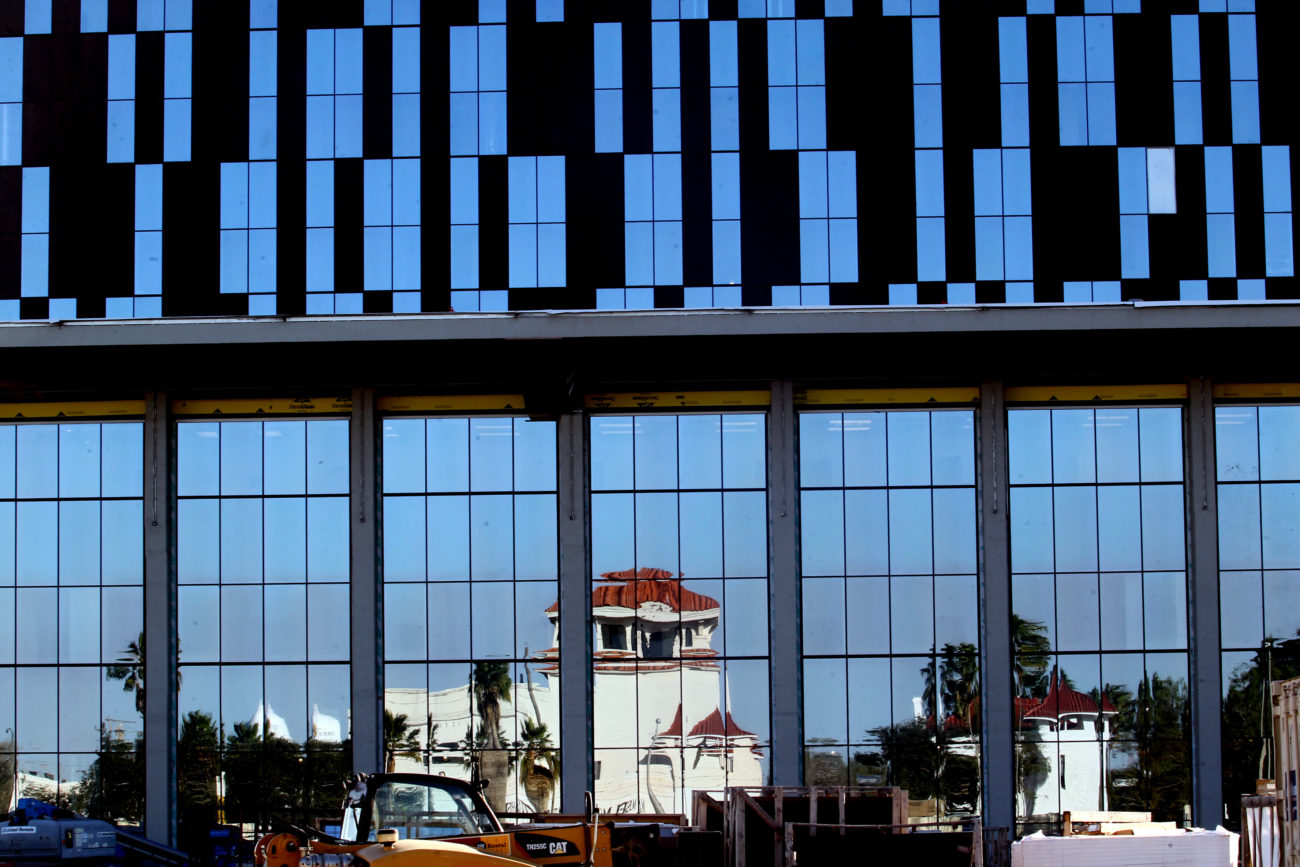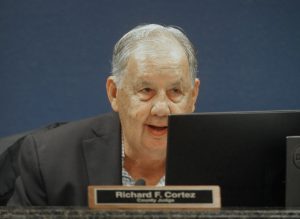
|
Only have a minute? Listen instead
Getting your Trinity Audio player ready...
|
The Hidalgo County Commissioners Court approved a $316 million budget for fiscal year 2025, which begins Jan. 1, 2025, including a 5% cost of living salary increase for all county employees.
The budget approval occurred during Tuesday’s commissioners court meeting, and after two brief public workshops on Aug. 23 and Sept. 3.
Along with the $316 million budget, which represents an increase of about 6.09% over last year, the commissioners unanimously voted to maintain the property tax rate at $0.5750 per $100 valuation.
That tax rate, though the same as 2024, will nonetheless generate nearly $15.6 million in revenues for the county thanks to an increase in property valuations of about 6%.
Officials will spend that additional revenue, in part, on paying for all county employees to receive a 5% cost of living adjustment. The modest pay bump will cost about $7.3 million, according to conversations county officials held earlier this summer.
Too, the county will be able to grow its unreserved fund balance, what is commonly called a rainy day fund, to about $105.6 million. County officials plan to use some of that reserve to pay down debt, according to a news release issued Thursday.
Hidalgo County Judge Richard F. Cortez lauded the successful passage of the budget in a news release Thursday.
“We were able to save some money this fiscal year because of the delay into moving into our new courthouse and the Willacy County jail,” Cortez stated.
The bulk of the county budget — some 30% — will go toward expenses at the Hidalgo County Sheriff’s Office and the jail inmates it is tasked with overseeing.

County officials approved a nearly $38 million appropriation for the sheriff’s office, which is an 8.76% increase compared to the current year.
Officials allocated another $39.6 million for the Hidalgo County Adult Detention Center, and just under $17.4 million for the newly opened Willacy County jail, which is being used to house the county’s surplus of inmates.
All told, operations at the sheriff’s office and jails will cost nearly $95 million in 2025.
That’s about the same amount of money as the county budgeted for those three line items in fiscal year 2024.
Initially, county officials hailed the 50-year lease of the Willacy County jail facility as a way to not only reduce jail overcrowding that was threatening to draw sanctions from state jail regulators, but also as a way to save money being spent to house those inmates in other South Texas jails.
But thus far, with the jail budgets staying about the same as last year, those cost savings have not been realized. And, even with hundreds of inmates now at the Willacy jail, the county continues to house hundreds more at other jail facilities.
Meanwhile, other costs will go up in 2025.
The county will spend five times as much to provide rural ambulance service in Precinct 1 — which stretches from Donna, Weslaco and Mercedes, north to the Delta cities of Elsa, Edcouch, La Villa and Monte Alto.
The county budget book shows that officials have allocated $840,000 to provide ambulance service in those rural communities — $700,000 more than they allocated for that region last year.

The county is also investing more in its quality of life spending, including $610,000 in funding for the Museum of South Texas History — a budget allocation that’s $150,000 higher than last year.
But not everyone is happy with how the county is choosing to spend its tax revenues.
During Tuesday’s public hearings on the budget and tax rate, two county residents spoke up to offer constructive criticism.
Well-known community advocate Fern McClaugherty, of the group Objective Watchers of the Legal System, or OWLS, said the proposed tax rate placed an undue burden on the county’s poorest taxpayers.
She asked the commission to consider providing relief by dropping the tax rate “a penny to half a penny.”
Meanwhile, another resident, Saul Chapa, spoke of what he felt is a disparity between the county’s smaller rural population and those who live in cities.
“The way we look at it, we’re subsidizing, us city taxpayers, we’re subsidizing all the rural, all this big budget, all this rural area,” Chapa said.
Each of the commissioners, as well as the county judge, took an opportunity to make comments of their own during the hearings.
Precinct 2 Commissioner Eduardo “Eddie” Cantu empathized with Chapa’s wish for lower taxes, but downplayed how much a lower tax rate would actually impact people’s wallets.
“If we were to lower the tax rate 2 cents, 3 cents, we would lower your taxes $30,” Cantu said.
“We would love to lower the tax rate. We would love to save you $30. Unfortunately, we can’t because of different factors, inflation being one of them,” Cantu added a moment later.
The county judge was even more pointed in his response to the public criticism.

He spoke of how the current commission’s hands have, in a lot of ways, been tied by the decisions of previous commissioners, such as the construction of the new county courthouse, whose opening is now several years — and millions of dollars — beyond projections.
“We were told it was gonna cost us $150 million and Edinburg was going to put in $30 million. Well, it’s not gonna cost us $150 million, it’s gonna cost us $192 million, and Edinburg did not put in $30 million,” Cortez said.
He asked, rhetorically, if the public had any solutions for dealing with such unexpected “challenges.”
“If you really want to be knowledgeable about criticizing what we do, then I suggest that you get your facts straight. Because some of you do not have your facts straight,” Cortez said.
“And if you would understand the burdens that we go through every year to do this, then I think you’d have a good opinion of us,” he further said.



